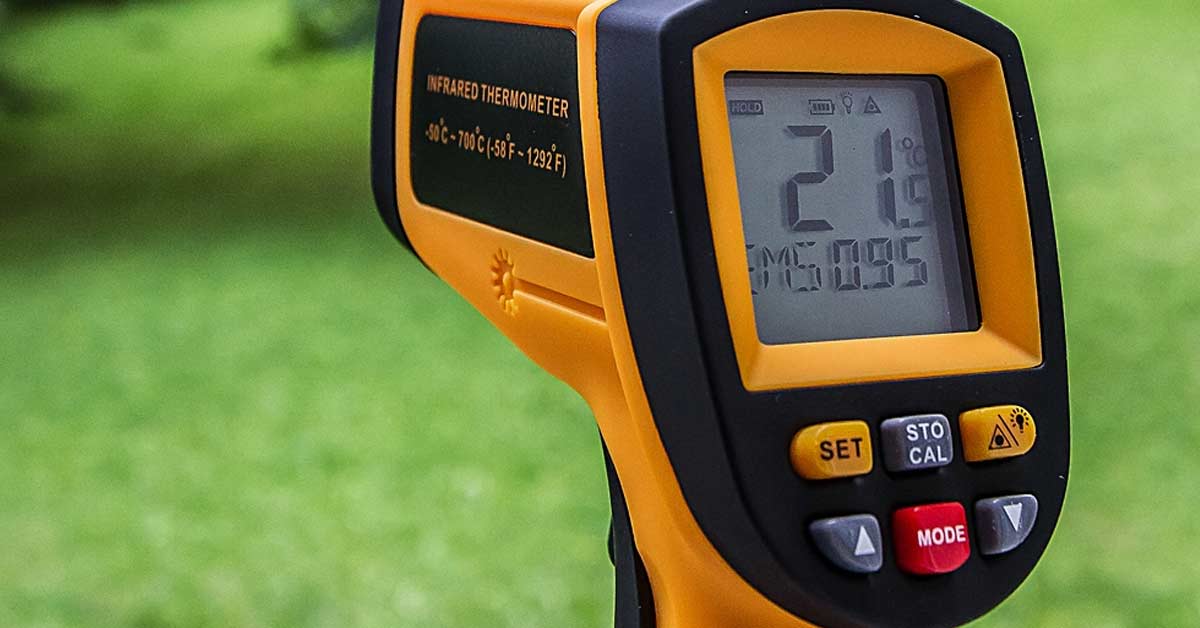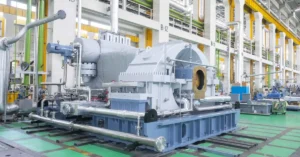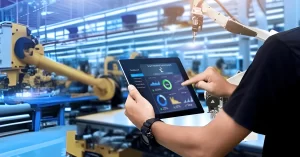Temperature monitoring is a crucial aspect of various industries, from manufacturing and pharmaceuticals to food safety and environmental control. Accurate temperature measurement ensures product quality, safety, and compliance with regulatory standards. To achieve precise monitoring, it’s essential to use the right tools. Here’s a guide to some of the most effective temperature monitoring tools and technologies.
1. Thermocouples: Versatile and Reliable
Thermocouples are one of the most common and versatile temperature sensors used across industries. They consist of two dissimilar metals joined at one end, creating a voltage that corresponds to temperature changes. Thermocouples are favored for their wide temperature range, durability, and rapid response time. They are especially useful in high-temperature environments like furnaces and kilns. When selecting a thermocouple, consider factors such as the temperature range, accuracy, and the specific type of metal used. For precise temperature monitoring, consider using Process Parameters‘ advanced temperature sensors, which offer exceptional accuracy and reliability for various industrial applications.
2. Resistance Temperature Detectors (RTDs): Precision and Stability
RTDs offer high accuracy and stability over a broad temperature range. They work on the principle that the electrical resistance of certain metals, typically platinum, changes with temperature. RTDs are known for their precision and are often used in applications where accuracy is paramount, such as in laboratory settings and industrial processes. While they tend to be more expensive than thermocouples, their consistent performance justifies the cost in critical applications.
3. Thermistors: Sensitivity and Accuracy
Thermistors are temperature-sensitive resistors that provide high accuracy and sensitivity over a limited temperature range. They are made from ceramic materials whose resistance changes significantly with temperature variations. Thermistors are ideal for precise temperature control applications, such as medical devices and consumer electronics. While they may not cover as wide a temperature range as thermocouples or RTDs, their fine resolution makes them suitable for specific tasks.
4. Infrared Thermometers: Non-Contact Measurement
Infrared thermometers allow for non-contact temperature measurement, which is beneficial when dealing with moving objects or hazardous environments. These devices measure the infrared radiation emitted by an object to determine its temperature. They are widely used in applications like electrical inspections, food safety, and industrial maintenance. While convenient, infrared thermometers can be less accurate than contact-based sensors and may require calibration to ensure precise readings.
5. Data Loggers: Continuous Monitoring and Analysis
Data loggers are essential for continuous temperature monitoring and data collection over time. These devices record temperature readings at regular intervals and store the data for analysis. They are crucial for applications where temperature stability is critical, such as in the storage of pharmaceuticals or perishable goods. Modern data loggers often come with wireless capabilities, allowing for real-time data access and alerts if temperature deviations occur.
6. Smart Temperature Sensors: Integration and Automation
With advancements in technology, smart temperature sensors have become increasingly popular. These sensors integrate with IoT (Internet of Things) systems, enabling real-time monitoring and automation. They can send alerts, generate reports, and even adjust systems based on temperature changes. Smart sensors are particularly useful in complex environments where automated control and data analysis can significantly enhance efficiency and safety.
Conclusion
Accurate temperature monitoring is vital for maintaining quality, safety, and compliance across various sectors. You can ensure precise measurements and effective temperature management by selecting the right tools – whether it’s thermocouples, RTDs, thermistors, infrared thermometers, data loggers, or smart sensors. Understanding the strengths and applications of each tool will help you make informed decisions and achieve optimal results in your temperature monitoring practices.





